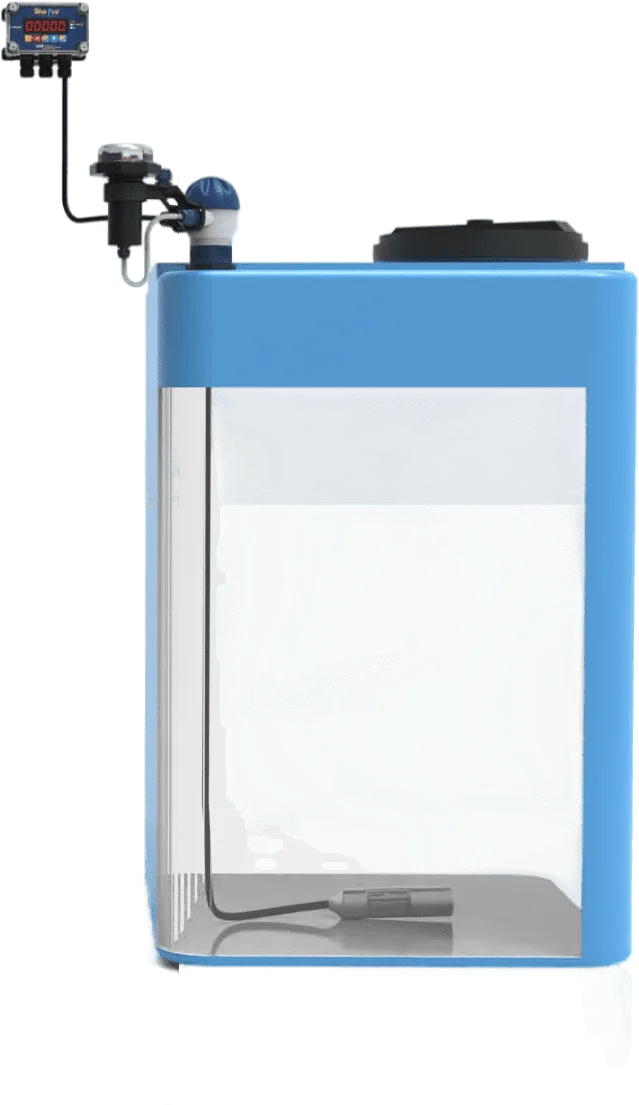Why The Submersible Level Sensor Is The Industry Standard For Tank Level Monitoring

Because of their dependability, accuracy, and ease of installation, submersible level sensors are the go-to option for bulk chemical suppliers. These sensors are also particularly popular with remote tank level monitoring. They are made to be completely submerged in the liquid, which enables them to accurately measure the whole level of liquid in a tank without exhibiting any deadband at all. This indicates that they are able to offer a consistent and precise measurement of the liquid level, despite the fact that the tank’s form or size may vary. Submersible level sensors are able to detect a broad variety of liquids, including corrosive and viscous fluids, and are designed for usage in difficult conditions, making them suited for applications such as those described above.
The weight of the liquid in a tank is what submersible level sensors use to determine their readings. The sensor comprises of a body that, in most cases, is required to sink to the bottom of the tank. The body of the submersible level sensor is made up of a circuit board that is housed inside the sensor and is responsible for determining the weight of the liquid or the water column that is present above the submersible level sensor diaphragm.
The pressure that the liquid puts on the submersible level sensor is transformed into a 4-20mA signal, which is then used to determine the weight of the liquid. The common industrial signal for transmitting data from sensors to control systems is the 4-20mA current, and it is measured in milliamperes (mA). It is a signal that is based on current and it can be delivered over great distances without experiencing a substantial loss of accuracy.
A control system or a display unit are both able to read the signal output of the submersible level sensor, which is a 4-20mA current. This signal may be utilised by the control system in order to take control of other pieces of machinery or procedures, such as alarms, pumps, or valves. The display unit has the capability of displaying the amount of liquid in the tank, which is information that can be helpful for monitoring and identifying problems.
Submersible level sensors are a fantastic choice for monitoring bulk chemicals because they do not have any moving parts and do not need to be programmed. Because of this, there is no longer any risk of a mechanical breakdown, and the requirements for maintenance have been reduced. The submersible Levelpro 100 series level sensors are also offered in a range of materials, including PVC, CPVC, PP, PVDF, and 316 stainless steel, which offers superior resistance to chemical corrosion. These materials can be purchased separately. They are also offered in a variety of sizes and configurations, making them suitable for a wide range of applications.
In contrast, ultrasonic level sensors send out high-frequency sound waves, which are then picked up by the liquid surface and used to determine its depth. The distance to the liquid surface, and consequently the level, can be determined by measuring the amount of time it takes for a sound wave to travel to the surface of the liquid and back again. Ultrasonic sensors, on the other hand, are susceptible to issues with foam, mist, condensation, and turbulence, all of which can have an impact on the accuracy of the measurement. These sensors are also sensitive to alignment and demand a direct line of sight to the surface of the liquid they are monitoring.
The time it takes for a radar signal to travel from the sensor to the surface of the liquid and back is measured by radar level sensors. These sensors work on the same principle as microwave radar. In addition, they are sensitive to alignment and have problems with foam, both of which might influence the precision of the measurement. They often come at a higher price point than submersible sensors and ultrasonic sensors.
In conclusion, submersible level sensors offer a solution that is reliable and accurate for measuring the level of liquids, particularly in severe settings and for bulk chemicals. They are simple to put in place and include no moving parts, which decreases the amount of upkeep that is required. On the other hand, foam, vapour, condensate, and turbulence have the potential to disrupt ultrasonic and radar sensors, which in turn has the potential to affect the accuracy of measurement. In addition, radar sensors and ultrasonic level sensors are more expensive than submersible level sensors, which are significantly cheaper.
Learn more about level sensors
Please contact us to discuss your application


